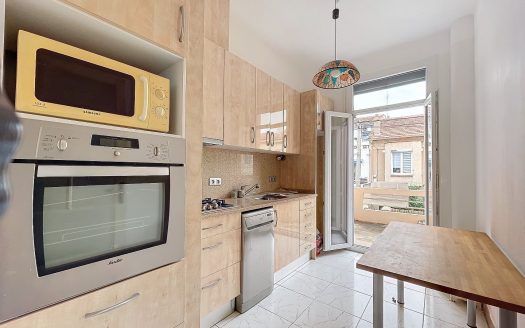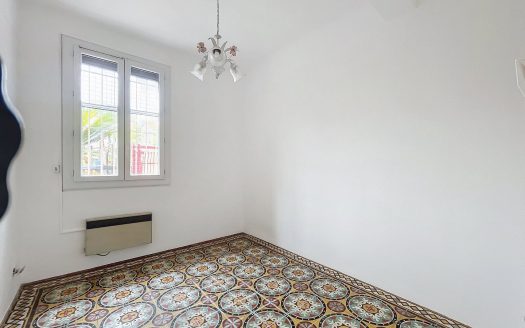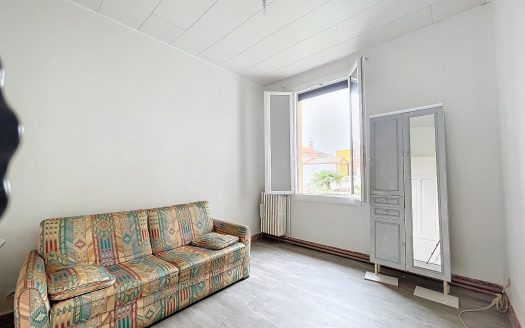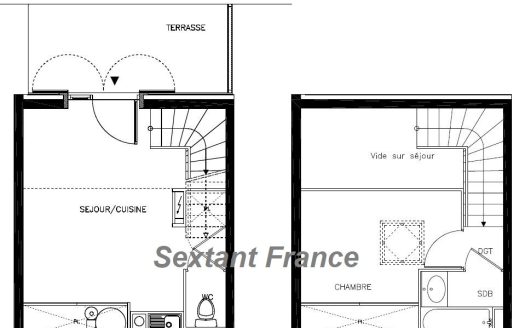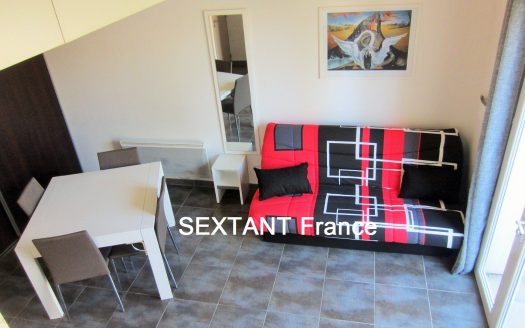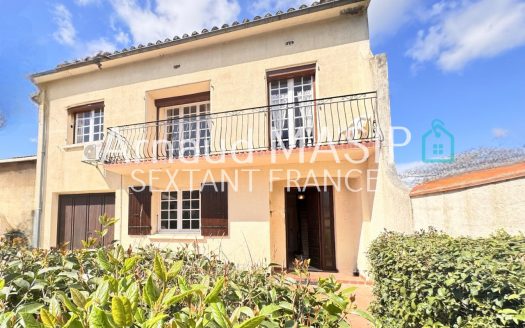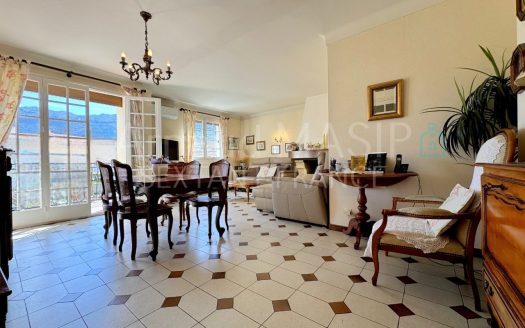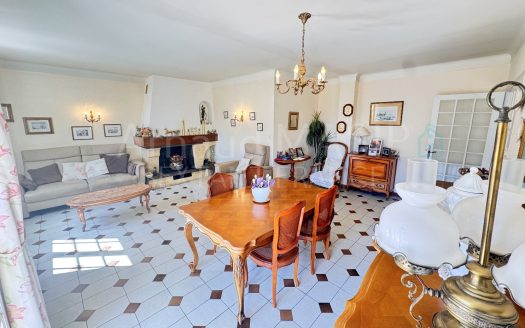Pyrénées-Orientales is a French department of Occitanie that is close to the northern Spanish frontier and the Mediterranean Sea.
Town property guides
Climate:
The climate is very good and many tourists come to this place. It is one of the sunniest places in Europe.Geography:
Pyrenees-Orientales has an area of 4115 km² and a population of 422,000 one quarter of which live in the capital, Perpignan. Some other towns are Thuir, Elne and Prades, which have inhabitants of 6-10,000. There are three river valleys in the Pyrenees Mountains. Most of the population and the agriculture are positioned in the plain. On the north there are Ariege and Aude, on the east there is the Mediterranean, on the south there is Catalonia and on the west there is the republic of Andora. There are a lot of mountain peaks on the borders. On the north are the Corbieres, on the north-west and south-west are the eastern Pyrenees, while on the east are the Alberes. There are a few beautiful lagoons and these are the St Nazaire that is 2780 acres in extent, and Leucate positioned on the borders of Aude that is 19,300 acres.Towns:
The capital city is the Perpignan that is also a fortress. A bit on the north are Amelie-les-Bains and Elne. The second most populated town is the Rivesaltes. In Planes you will see a curious church that has a triangular shape and does not have a certain date. According to the tradition it is referred to the Moslem origin In Boule-d’Amont there is a Romanesque church that once belonged to the Augustine abbey of Serrabona. In the Castel there is also another church that dates back to 11 th century. It is a relic of the ancient abbey of St Martin de Canigou. Before 1659 and the Treaty of the Pyrenees up to now was part of the previous Principality of Catalonia that is positioned in the middle of Aragon. Most of these parts were Catalan-speaking and sometimes it is referred as Northern Catalonia. This part is also treated as the pre-Revolutionary province of Roussillon In April 1793 it was invaded by Spain and it was recaptured just thirteen months later.Gastronomy:
One of the most famous dishes is the La Tapenada that is an olive-based spread for toast. You have to rinse the salt of 3 to 4 filets of anchovies in cold water. You have to mix the anchovies and the capers with 250g of stoned black olives. Then you have to add 2 crushed cloves of garlic and paper and mix everything well. Then slowly you have to add 4 spoonfuls of olive oil and stir during that time. The pastry has to thicken. You only have to add a jet of lemon juice. Another very delicious dish is the La Bourride d’anguilles. It represents sauce based on eels, potatoes and red wine. You only have to dice 2 slices of bacon and lightly fry the stew-pan, a clove of garlic and some parsley. Then you have to add 4 scoopfuls of tomato puree. Then you need to pure half a liter of water and add 2 laurels leaf and pepper. The final thing to add is 500g of potatoes cut in round slices and 1 kg of eels cut in slices and then boil. In ten minutes time you have to add a glass of red wine and cook all that for further 15 minutes. It is better to serve sliced of grilled garlic bread. Another very good dish is the Salaisons saucisse sèche de foie. This represents the pâté and sausage of wild boar. There is also rich sea food like Catalan mussels, fish soup and many others.Useful information:
Tourism office in Pyrenees-Orientales www.francetourism.com Travel from the UK By air: Ryanair flies to Carcassonne, Montpellier, Nîmes and Perpignan from London Stansted. British Airways and GB Airways fly to Montpellier from Gatwick.Pyrenees-Orientales
For sale two appartments in town house
€ 265.000
Discover this 140sqm house divided into two apartments or a dual-aspect house on two level ...
Discover this 140sqm house divided into two apartments or a dual-aspect house on two levels. It has a 120sqm south-facing garden and a balcony terrace on the fi ...
VILLA T2 35 M². FURNISHED. TERRACE. CAR PARK...
€ 79.500
EXCLUSIVELY. OPPORTUNITY. RENTAL REAL ESTATE INVESTMENT. T2 HOUSE OF APPROX. 35 M² FURNISH ...
EXCLUSIVELY. OPPORTUNITY. RENTAL REAL ESTATE INVESTMENT. T2 HOUSE OF APPROX. 35 M² FURNISHED AND EQUIPPED FOR 4 BEDS WITH TERRACE AND GARDEN (SOUTH EXPOSURE). A ...
SPACIOUS SEMI-DETACHED 3-BED HOUSE WITH LARG...
€ 179.000
ARNAUD MASIP - SEXTANT FRANCE - is pleased to bring to the market this spacious, semi-deta ...
ARNAUD MASIP - SEXTANT FRANCE - is pleased to bring to the market this spacious, semi-detached 3-bed property with large, integrated garage that could be conver ...
load more listings


